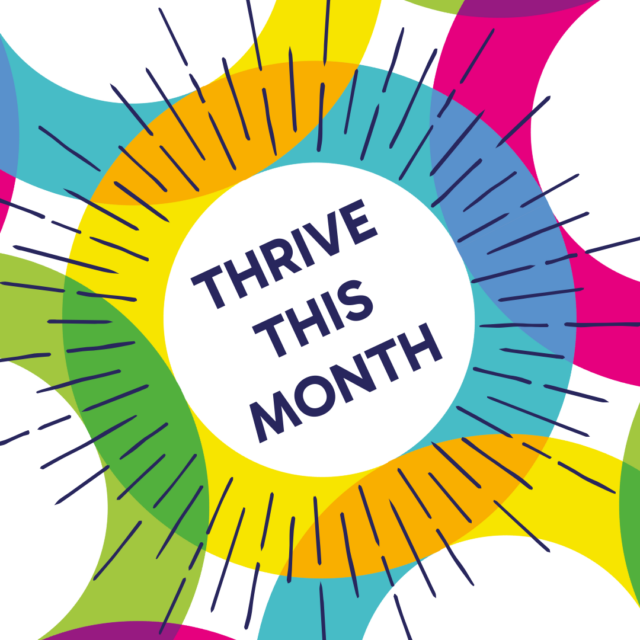
09 September 2024
Accountability Partners
Today we explore the power of “Accountability Partners” in achieving wellbeing goals. In the pursuit of personal and professional wellbeing, setting goals is just the beginning. To truly achieve these objectives and maintain progress, many individuals turn to accountability partners. But what exactly are accountability partners, and how do they help in reaching wellbeing goals? This article delves into the role of accountability partners, outlines what an agreement between them might look like, and highlights the importance of clear boundaries and expectations.
What Are Accountability Partners?
Accountability partners are individuals who support each other in achieving their goals by holding each other accountable. They act as a source of motivation, provide feedback, and offer encouragement. When it comes to wellbeing goals—such as improving physical health, managing stress, or enhancing work-life balance—accountability partners can be invaluable. They help ensure that commitments are kept, challenges are addressed, and progress is tracked.
Crafting an Effective Accountability Agreement
An agreement between two accountability partners is crucial for ensuring that both parties benefit from the partnership. This agreement typically includes:
- Clear Goals and Objectives – Each partner outlines their specific wellbeing goals. These should be SMART (Specific, Measurable, Achievable, Relevant, Time-bound) to ensure clarity and focus. For example, if one partner’s goal is to exercise more, they might specify a target of attending a fitness class three times a week.
- Regular Check-Ins – Establish how often you will meet or check in with each other. This could be weekly, bi-weekly, or monthly, depending on the goals and preferences of both partners. During these check-ins, you review progress, discuss challenges, and adjust plans as needed.
- Supportive Actions – Agree on how you will support each other. This might include sharing resources, providing constructive feedback, or simply being available to listen. For instance, if one partner struggles with stress management, the other might share stress-reduction techniques or simply offer a sympathetic ear.
- Action Plans – Define what specific actions each partner will take towards their goals. For instance, if the goal is to improve dietary habits, the action plan might include meal prepping on Sundays and tracking food intake using an app.
- Boundaries and Expectations – It’s essential to set clear boundaries and expectations to ensure the partnership remains effective and respectful. Agree on how you will handle situations where one partner fails to meet their commitments. This might involve discussing the issue openly, revising the action plan, or providing additional support.
Examples of Accountability in Action
- Weekly Progress Reports – Partners might agree to submit a brief progress report each week. For instance, if one partner’s goal is to read more books, they could provide a summary of the chapters read and reflections on their progress.
- Supportive Check-Ins – During check-ins, partners could use a structured format to discuss what went well, what didn’t, and how to overcome obstacles. For example, if one partner was unable to attend their planned workouts, they could discuss alternative strategies or adjustments to the schedule.
- Shared Resources – Partners can share helpful resources related to their goals. If one partner is working on reducing screen time, the other might suggest apps that track and limit usage or provide tips for staying engaged in other activities.
- Encouragement and Celebrations – Acknowledge and celebrate milestones together. This could be as simple as a congratulatory message or a planned outing to mark significant achievements, reinforcing positive behaviour and keeping motivation high.
Importance of Clear Boundaries and Expectations
Having clear boundaries and expectations is vital for a successful accountability partnership. It prevents misunderstandings and ensures that both partners are on the same page. For example, if one partner consistently fails to meet their commitments, it’s important to address this issue promptly and constructively. The agreement should outline steps to address non-compliance, such as revisiting goals, adjusting plans, or even seeking additional support if needed.
By establishing clear guidelines for communication and accountability, you create a framework that supports growth and fosters a positive partnership. This helps both individuals stay committed to their goals and navigate any challenges together.
Conclusion
Accountability partners play a crucial role in achieving wellbeing goals by providing support, motivation, and structured accountability. Crafting a clear and mutually agreed-upon plan helps ensure that both parties benefit from the partnership and that progress is consistently made. By setting clear boundaries and expectations, you create a supportive environment where goals can be pursued effectively and challenges can be addressed collaboratively. Whether you’re aiming to improve your health, manage stress, or enhance work-life balance, an accountability partner can be a valuable asset on your journey to achieving wellbeing.
Related articles – Wellbeing goals
What to support your employees to develop great wellbeing habits?
Our tailored employee support services are designed to meet the unique needs of your employees, empowering them to take ownership of their wellbeing and personal growth. By fostering the development of effective wellbeing habits, employees experience a profound impact on their overall satisfaction, resilience, and fulfilment, leading to increased motivation and a positive sense of personal and professional wellbeing. This positive transformation empowers individuals to navigate challenges with greater ease, fostering a more positive and productive work-life experience. Get in touch to see how partnering with us can make the difference.
Sign up to our newsletter to gain access to regular People First updates.




